East Lothian, that span of low, rolling plains east of Edinburgh, is renown for the beaches and golf courses that form the barrier between it and the North Sea. But this region possesses a collection of lesser-known jewels for the intrepid traveler — sites of historical interest and beauty that reward those who make the effort to visit a corner of Scotland all-too-often left in the dark. Rising above these pastoral, windswept plains is the eminence of Traprain Law, a hill that, perhaps, looks grander than it is for the low-lying farm fields surrounding it. Nonetheless, Traprain Law is the site of magnificent history and makes for a relatively quick, if steep, hike.
I’m sure this is true of the world at large, but in Scotland areas of unique geology are invariably tied to history, whether by actual events or mere myth and folklore. Traprain Law is no exception. To the people of Iron Age Scotland, the Law clearly looked an ideal place to make a defensible settlement. Archaeological evidence of ramparts shows Traprain Law was settled as early as 1000 BC, and it may have served as a burial site even 500 years before that. The people who lived here were called the Votadini by the first-century Romans, and they were probably Brythonic in origin, perhaps even Pictish. Traprain Law was the site of a great hillfort until the fifth century AD when it was abandoned for nearby Din Eidyn (Edinburgh), where the descendants of the Votadini, the Gododdin, ruled. What did they call Traprain Law? We don’t know, but an older name for the hill is Dunpelder, and that has a very Pictish sound to it.
I’ve written about Traprain Law before, but whereas that post was a meditation this one is a functional look at climbing the hill. There is no better viewpoint in East Lothian than the summit of Traprain Law, and the ascent should take you no more than 30-60 minutes. As I mentioned, the hill is fairly steep so expect to huff and puff on the way up, but trust me, it’ll all be worth it. There’s a small parking lot — enough for 4-5 cars — on the northeast side of the hill, and there’s no fee or ticket required for the climb.
A faint track leads from the parking area west along the foot of the hill before turning south and up. It’s a fairly rough-hewn route, punctuated by sharp lichen- and moss-spotted boulders. Luckily, you don’t really need to follow a path as so long as you continue up you’ll find your way to the top. The hill itself is completely naked of any trees or structures.
The summit of Traprain Law is littered with stones that surely once formed many of the structures of the ancient Votadini hillfort. Your eyes will first alight upon a stone cairn and a little, white directional plinth. Then you will see the herd of wild, Exmoor ponies ranging among the grasses.
The ponies are well-adjusted to the presence of humans, but I advise against getting too close, simply out of respect for the animals. Up here on the windswept summit of Traprain Law, the sight of the ponies silhouetted against the setting sun is rare one indeed.
The east side of the summit is rockier with what appear to be the ruins of a 13th-century chapel. As you will see, the south slope of Traprain Law is very steep and not a safe way to descend the hill. The day I hiked to the top was a bit hazy, but I could still see North Berwick Law, East Lothian’s other tall hill, and the sea beyond the coast. If you’ve made it to the top, you’ve climbed 221 meters (or 724 feet). In Scotland, this classifies the Law as a Marilyn (as opposed to a Munro, a hill at least 3,000 feet high). Scots love puns.
The Traprain Treasure was discovered here in 1919. It consisted of a hoard of silver plate, Gaulish coins, and Roman wine jugs, goblets, coins, and military buckles weighing in at 53 pounds. Most of it had been hacked to pieces, a common form of making “coinage” in those days, and you can see much of it on display at the National Museum of Scotland in Edinburgh.
The history of Traprain Law did not end with the Votadini, though. The hill is associated with King Loth, for whom the Lothians are named, who cast his daughter from the hill after he discovered she’d become pregnant by her cousin. She survived, however, was rescued by St. Serf, and later gave birth to Kentigern who became St. Mungo and founded Glasgow.
Descend Traprain Law by the same path you took up the hill. Pass between boulders that were once walls and wander through the ghosts of Scotland’s distant past.

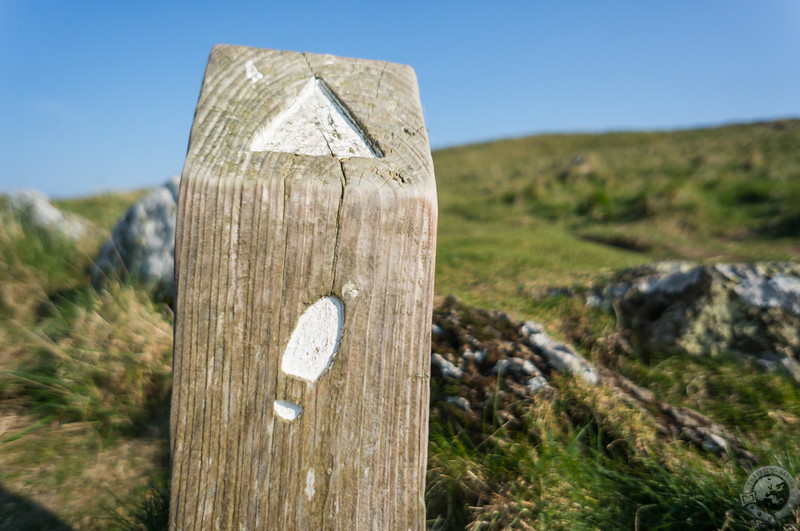
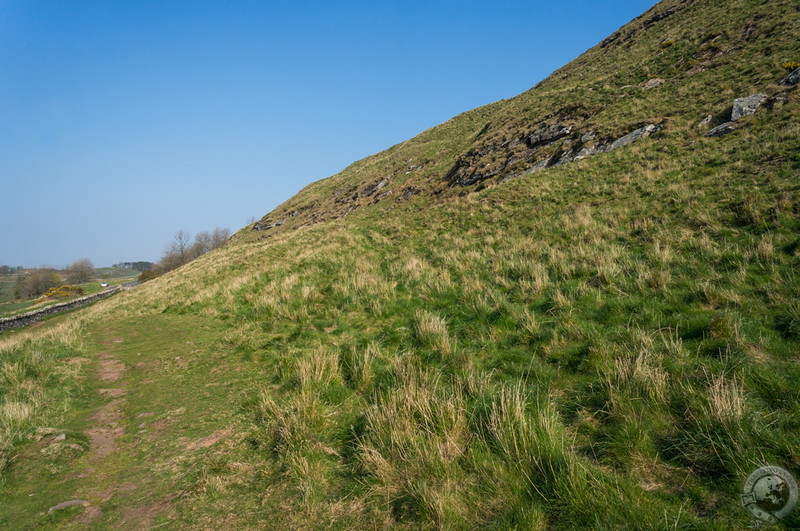
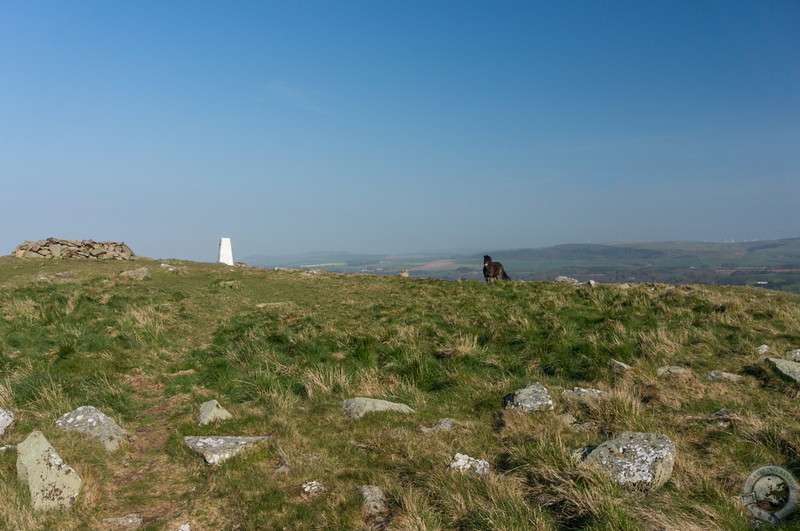
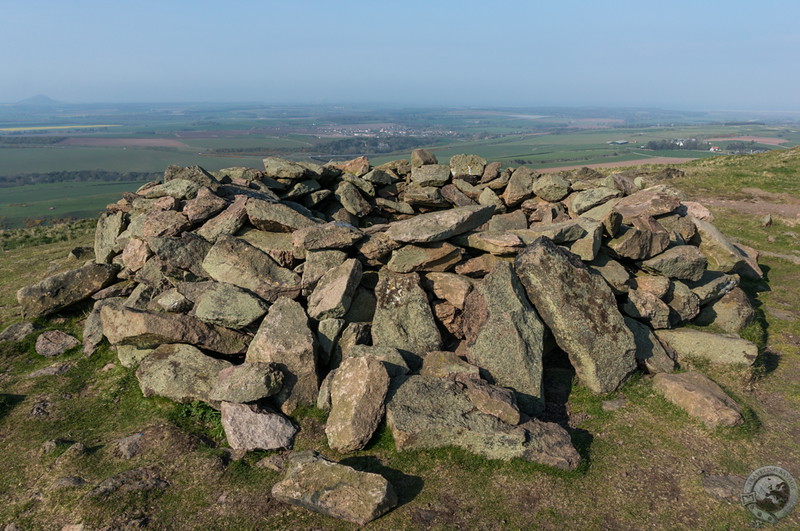
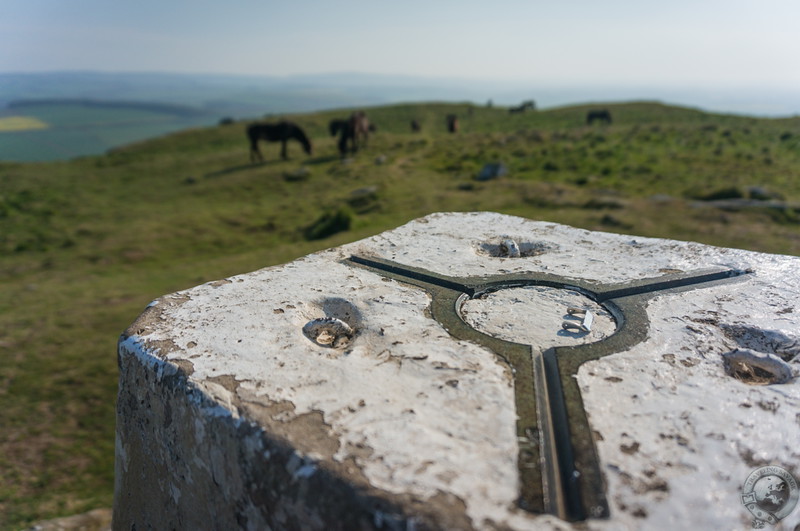
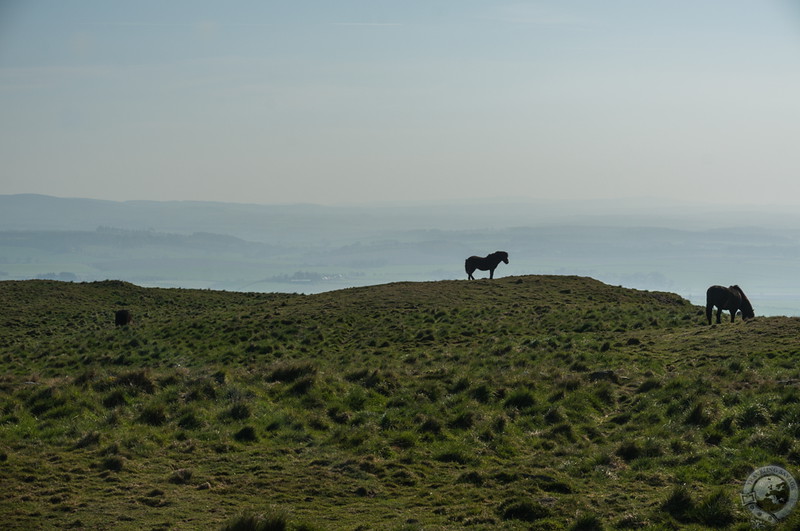
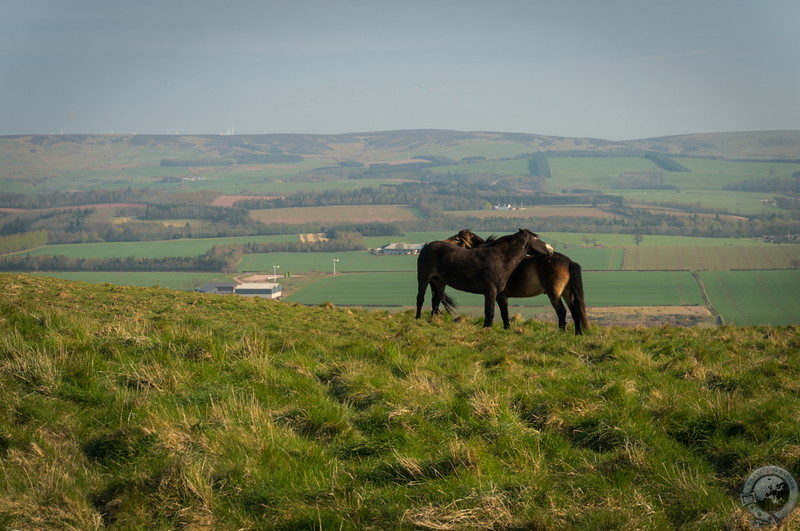
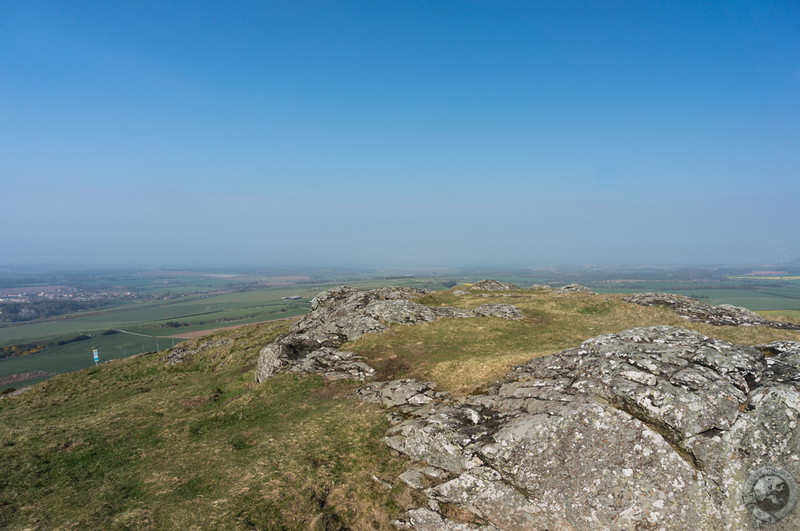
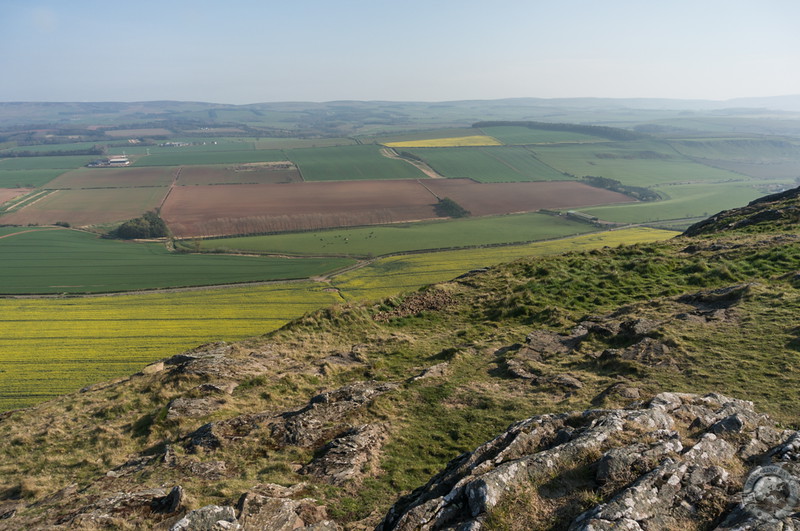
[…] And another iconic landmark: Traprain Law. […]
[…] Cottage B&B, in the private backyard of another house hardly a stone’s throw from Traprain Law, stands a great stone menhir. The setting is incongruous for this stone, hidden, as it is, among […]
[…] day was gray and rainy when I parked my car on the side of a narrow farm road beneath Traprain Law and began hiking down muddy, overgrown paths in what I figured was the castle’s general […]